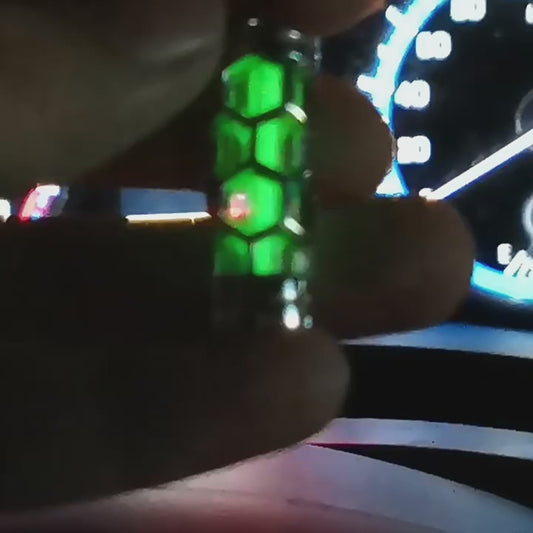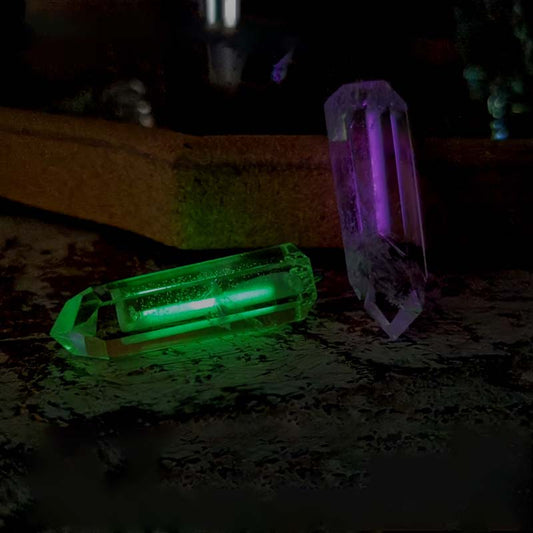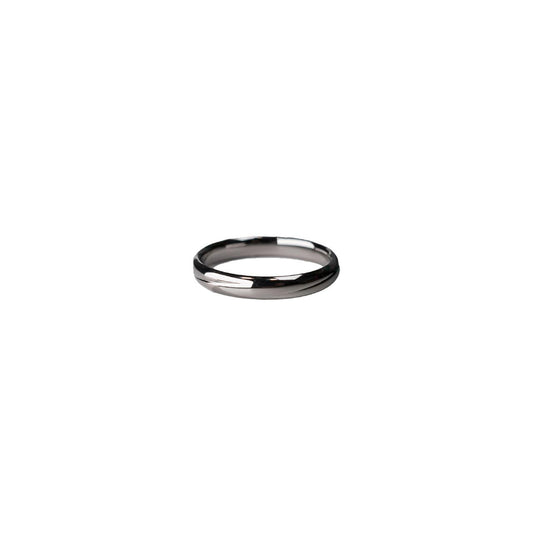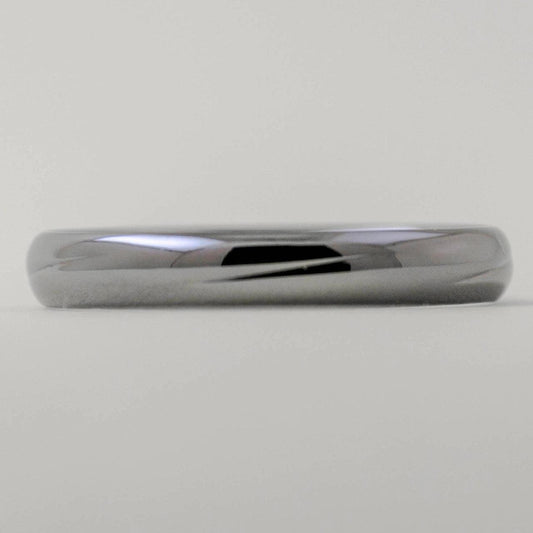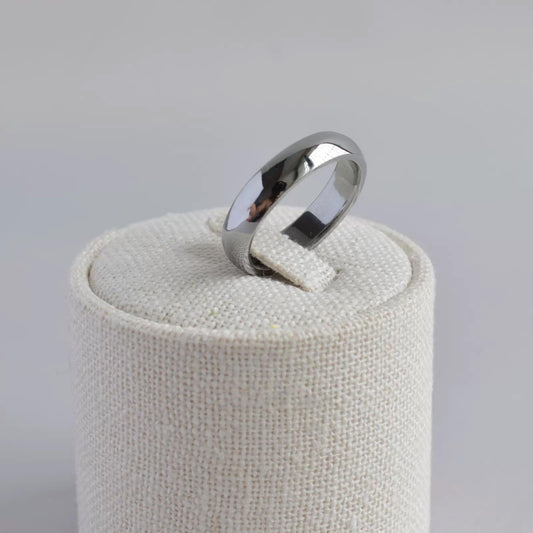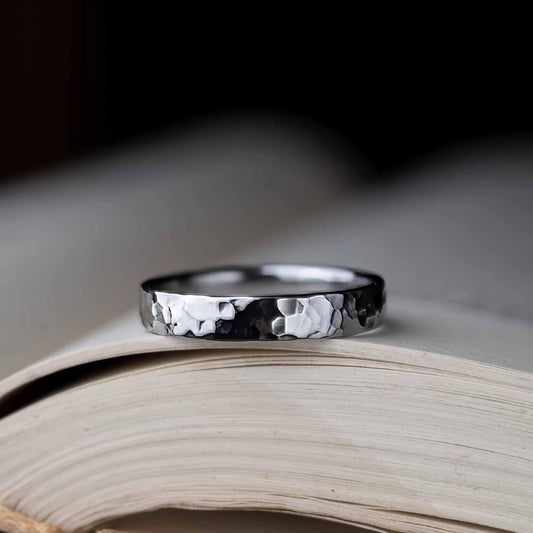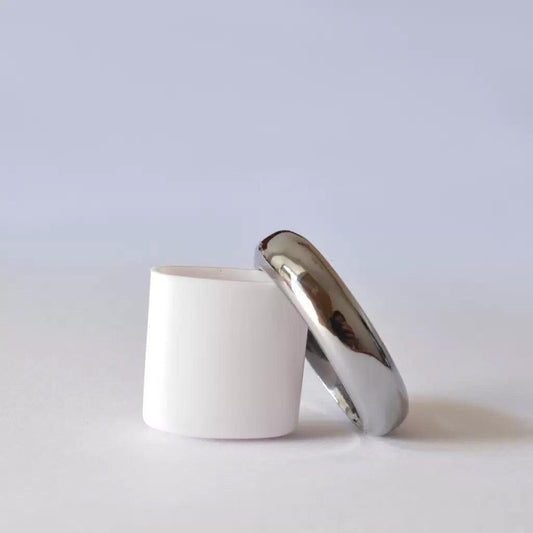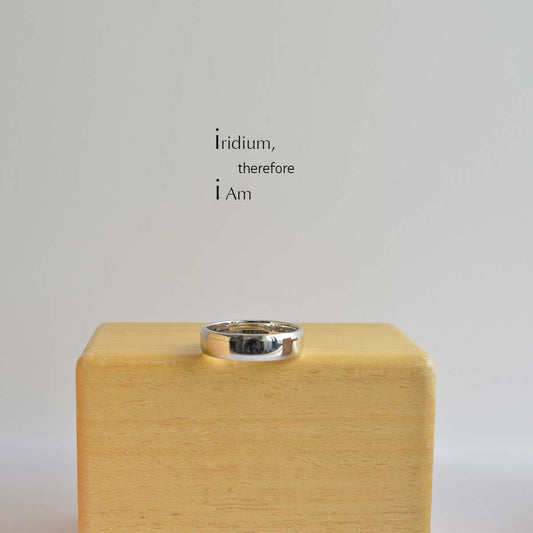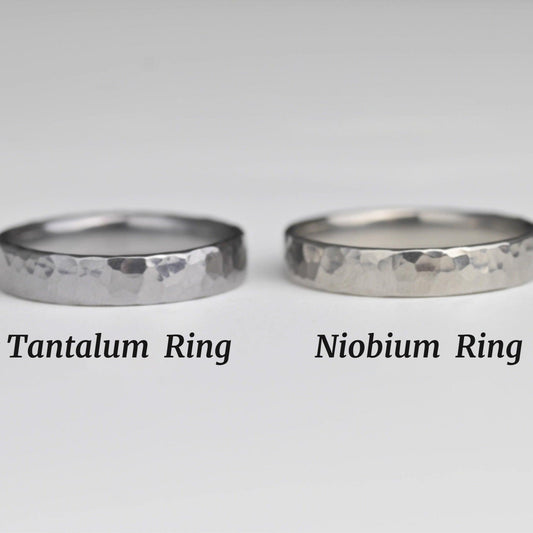The Glow of Tritium Illuminating the Night and Beyond
The Glow of Tritium Illuminating the Night and Beyond
The first time I encountered a tritium vial was during a camping trip in the Rockies. My friend Dave, an outdoor enthusiast with a seemingly bottomless backpack, pulled out a compass with a gentle, green glow on its face. It was almost magical, an otherworldly luminescence that made navigation mysteriously enchanting. What I didn’t realize at that moment was how tritium, the very source of that glow, had a story that extended far beyond the confines of our tent and the wilderness surrounding us.
Tritium, a radioactive isotope of hydrogen, is quite the fascinating character in the world of elements. It doesn't occur in abundance naturally but is produced in nuclear reactors or as a byproduct of cosmic ray interactions. Despite its somewhat elusive origins, tritium has become an unsung hero for those who venture into the dark: hikers, military personnel, and even divers. Encased in tiny vials, this gas emits a soft, continuous light through a process known as radioluminescence. This makes tritium vials not only a reliable source of light but a safety net in situations where every second counts and lumens matter.
I remember Dave telling me, as we sipped on instant coffee bathed in the soft tritium glow, that these little tubes found their way into watch dials, gun sights, and keychains. In a world obsessed with charging cables and dying batteries, there was something comforting about this self-sustaining light. Maybe that’s why tritium finds favor among watch enthusiasts. Unlike conventional luminescent paint, which depends on its exposure to light to recharge, the charm of a tritium watch is its unwavering glow – loyal, persistent, and ever-ready.
It's hard not to feel a bit of nostalgia when something so small sparks memories of simpler technologies. While some may balk at the word "radioactive," the truth is, tritium's radiation is so weak that it cannot penetrate the skin, making it safe for our daily adventures. Isn't it nice when science and safety shake hands?
Culturally, tritium tells a tale of resilience and adaptation, having been used since the mid-20th century in various industries. From guiding soldiers in the dark to serving as a beacon for mariners, tritium’s quiet glow has imbued countless tasks with a touch of reassurance. It has even found a place in contemporary jewelry design, adding a luminous twist to traditional aesthetics. It’s funny how a material once relegated to practical applications now dances in the realm of style and elegance.
As I look back on that camping trip, I can't help but smile. There was something undeniably comforting about the consistent glow of that compass, a steadfast companion in the heart of nature’s unpredictability. Tritium vials may be miniature marvels of modern science, but to me, they're also tiny vessels of memories, shining brightly in the fabric of our experiences. Who would have thought that something so small could cast such a long shadow?


